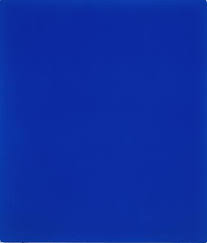

















Photo Courtesy of: http://www.barbiedressup.info/
All of my friends had one. She came with so many different outfits, purses, shoes, and she even had her own dream house. When I was four years old I remember unwrapping the shiny pink box to my white blonde Barbie. It was the center of many of my play dates. We would dress her up, plan out her day, and take her on romantic dates with Ken in her luxurious pink convertible. Little girls dream of attaining everything that Barbie has. She has every material possession possible, she's classy, has the perfect boyfriend, loyal friends, and of course the perfectly proportioned, slim body. And what more reason to want to be Barbie because she can be anything she wants- she's a doctor, race car driver, and flight attendant all in one day.
Just standing a little under one foot tall, little girls have been able to live vicariously through this plastic object as a "grown up" without having to step a foot outside the door. Everything about barbie, her face, figure, form, house, family, etc., is universal. Hence, every girl can play Barbie. As a result, Barbie has become a social icon and if there was perfection in a woman's physical appearance, Barbie would be the standard.
Visually and mathematically, Barbie's body was designed to be perfectly proportioned and symmetrical. From this seemingly innocent play doll, ideologies have adhered to Barbie longer than have her plastic high heels (which cannot stay on longer than a few minutes). Barbie has become a focal icon on what can be considered the American Dream signified by her picturesque lifestyle. In a Mattel advertisement, Barbie is shown alongside a beautiful house that has a white picket fence. Her driveway wraps around her large yard and there is a dog and a personal dog house in front. Peering through the window and into the house, one can catch a glimpse of her life: a three-story house equipped with every type of room imaginable, a three car garage, and her main car- a pink convertible with her boyfriend, Ken, in the passenger's seat. A materialistic American Dream is epitomized in this one advertisement alone and an iconic figure is fashioned into the very soul of society. What Matell designers are signifying through Barbie's universality is this: Barbie can have everything. There are no limits on the possessions she owns. Yes, you can be Barbie.

